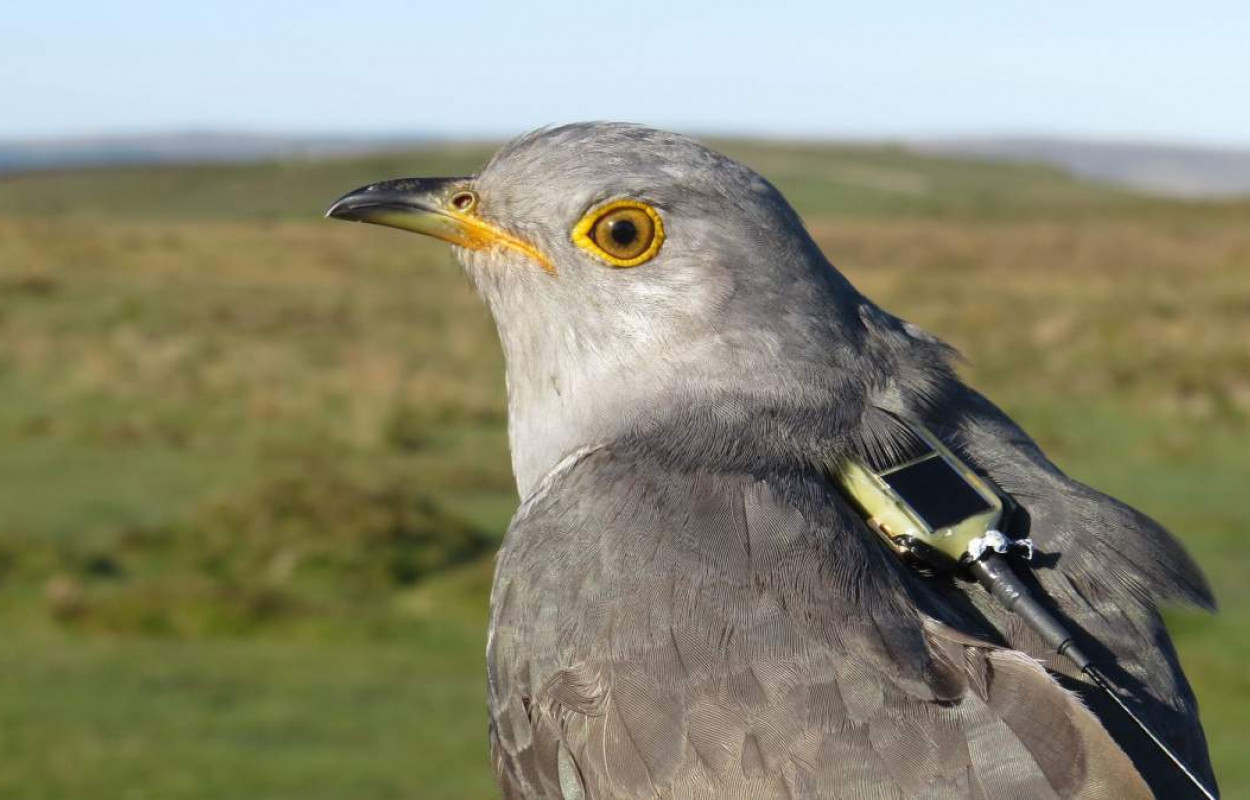Effects of tracking devices on individual birds – a review of the evidence

Author(s): Geen G.R., Robinson R.A., Baillie S.R.
Published: January 2019
Journal: Journal of Avian Biology
Digital Identifier No. (DOI): 10.1111/jav.01823
The review showed that the proportion of studies reporting the effects of tracking devices on birds has declined. Devices can significantly impact tagged individuals in many ways, including reducing survival and reproductive success. The proportion of studies reporting effects of devices on individuals fell by > 1% per year, while the proportion of studies providing no information on effects increased by ca. 0.7% per year. The presence of a control group increased the likelihood of a study reporting effects, (45% vs 33%).
The work found that the occurrence of effects was significantly related to attachment; invasive methods were associated with a high incidence of effects while tail and leg attachments showed relatively few effects. Probabilities of reporting effects have declined since the tracking began, as practice has improved, and adverse effects were more likely with heavier devices relative to a bird’s mass. Although methods have improved substantially, 55% of studies contained no information on potential effects and in many more documentation was inadequate. This work highlights the continuing need for more systematic documentation of potential effects in peer-reviewed publications, to support more rigorous science and to further improve bird welfare.








Share this page